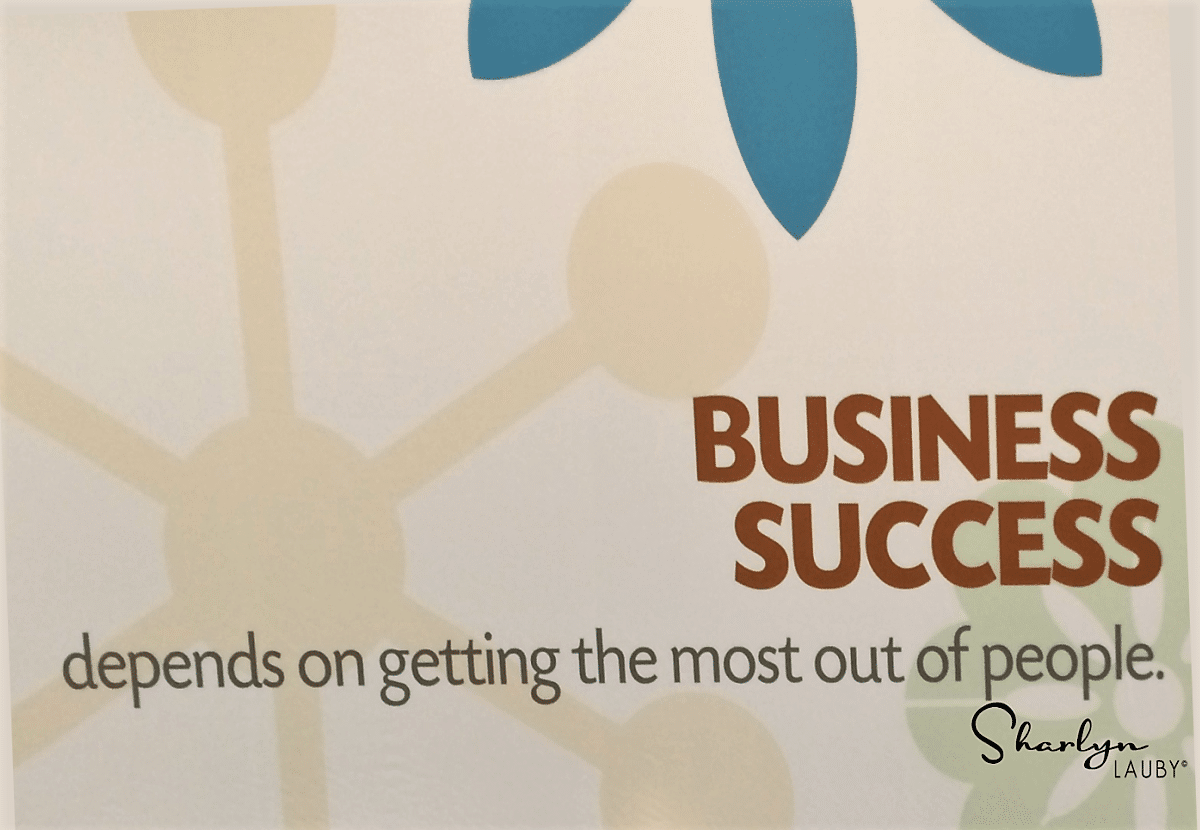Employee Engagement: Use a Systemic Approach
Employee engagement continues to be a challenge for organizations. I believe two of the reasons that companies struggle with engagement are 1) It’s hard to define and 2) it has a lot of moving parts.
For example, employee motivation is a key driver in employee engagement. That’s why putting out free food, bean bag chairs, and a foosball table doesn’t create engagement. But food and fun can definitely be a workplace perk, which might help toward engagement. The logic being that pay and perks make employees feel that their work is valuable. That connection between the employee’s work and the company creates engagement.
But organizations need to understand if those connections really exist. It makes no sense to develop an employee engagement strategy without understanding the drivers that are impacting engagement in your organization.
The Society for Human Resource Management (SHRM) invited me to sit in on their virtual Employee Engagement: Influencing Workplace Culture Seminar. This is the second SHRM virtual seminar I’ve taken. The first was Succession Planning: Preparing for Future Talent Needs. I really like the virtual format. I’m able to learn in the comfort of my home office – comfy clothes, tasty snacks, no long drives home in traffic. You get my point. And the programs are eligible for SHRM recertification credits.
This seminar focused on developing an employee engagement strategy. But before we dove into strategy development, we spent some time talking about the definition of engagement. We’ve talked about this before. Defining engagement isn’t as easy as it sounds.
One way organizations can create a definition of engagement is through the use of systems thinking. Think about engagement as a system of inputs and outputs.
Inputs include the company culture and company programs like recognition, professional development, compensation, etc. Traditionally, human resources plays a role in developing and maintaining many of these inputs. Organizations need to decide how much or how little a role HR will play.
Outputs are those results that can occur when the right inputs exist. Outputs include the employee’s high performance, loyalty, and motivation. Organizations need to decide what outputs are important and the investment they’re willing to make in order to get them.
Once companies define engagement, they can start working on an employee engagement strategy. The goal of an employee engagement strategy isn’t to get rid of disengaged employees. Hate to say it, but when two out of three employees are disengaged, that’s not practical. Organizations can’t afford it.
The more practical approach is to consider engagement in a three-tier approach with the goal being to move employees through the tiers.
- Transactional / Surface Level Engagement – This is the base level of engagement. These are the employees that appear engaged and say all the right things, but they’re still looking for the WIIFM (What’s in it for me?). They’re not disengaged. But they could easily become that way if the company doesn’t do something.
- Emotional / Feeling Engagement – At this level, employees are committed to organizational goals. They care about the work and the company. In my opinion, this is the type of engagement that most organizations are looking for. Employees are proud of their work and they are productive.
- Intellectual Engagement – Organizations with high levels of intellectual engagement also have high levels of transparency and employee development. Employees are thinking about whether their manager is engaged. They’re thinking about their long-term career needs and whether the organization is able to deliver.
I will admit, I think intellectual engagement is a tough level of engagement to achieve. But it can be done. It involves big workplace changes, starting with management. There are two primary areas of focus:
Work environment. Organizations want to create a work environment that allows managers to build positive working relationships. Engagement requires relationships, collaboration, and teamwork to achieve high performance and results.
Communication. Managers need to be comfortable and skilled in giving and receiving feedback and coaching. This directly impacts the ability to accomplish the optimal work environment.
Organizations that want to address employee engagement have to start with defining it. My takeaway from this seminar was that maybe, instead of trying to create a single definition of employee engagement, it makes more sense to think about it in a tiered approach. Regardless, employee engagement involves managers and the work environment.
No organization can expect engagement if they’re not willing to make investments in those things.
P.S. If you want to learn more about employee engagement, you can check out this seminar on the SHRM Education site. They offer virtual and in-person programs around the country. There are still opportunities to attend programs in Q4.
UPDATE 10.24.2017 – I just learned that SHRM is offering a 15 percent discount on onsite organizational training and development programs – hosted before the end of the year. They have over 30 programs to choose from including using HR analytics to drive results and business acumen for HR pros. So if you have a little bit of money in your money in budget…something to consider…
Image capture by Sharlyn Lauby after speaking at the SHRM Annual Conference in Las Vegas, NV
SHRM logo used with permission.
14